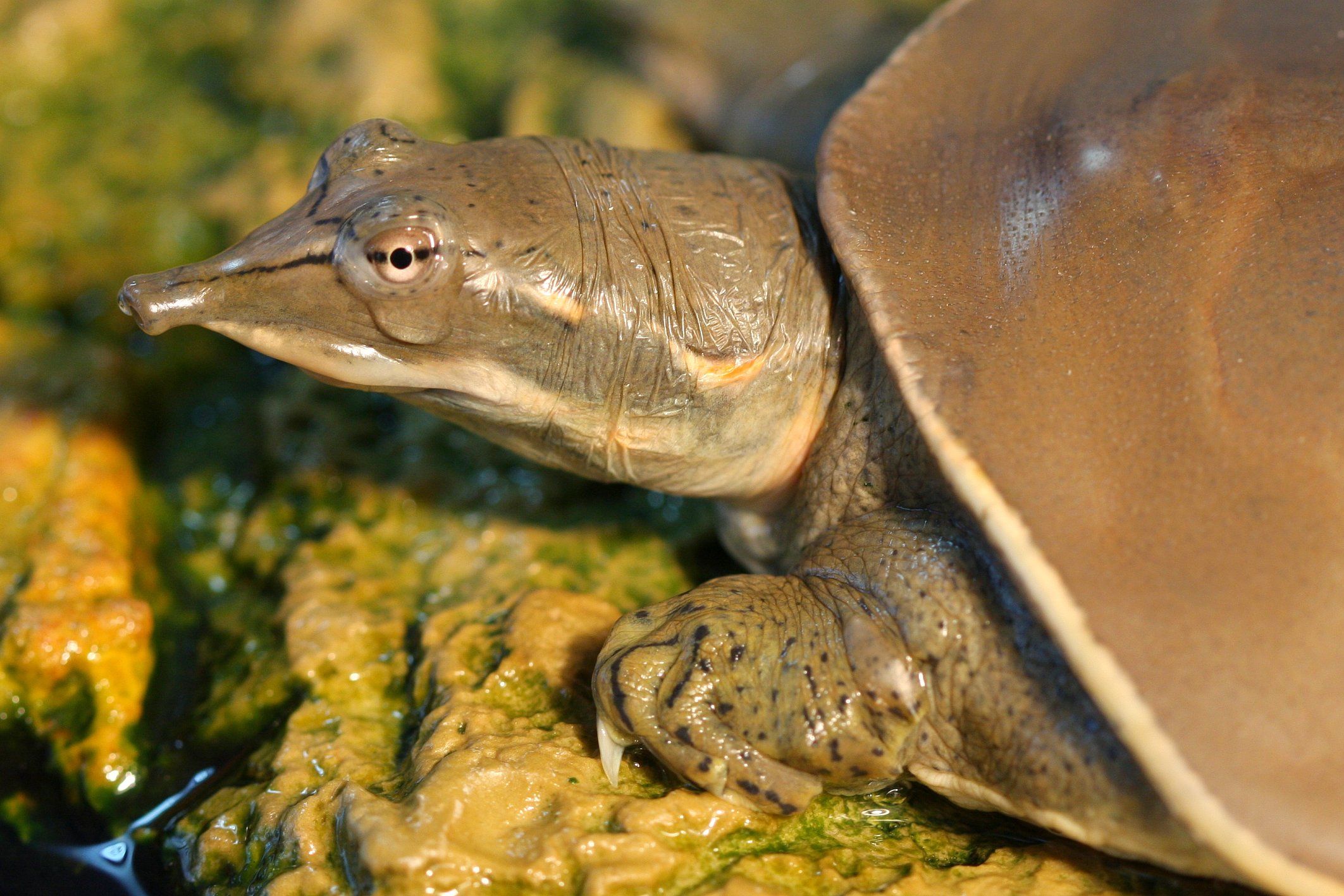
Turtle conservation could get a big boost through the use of vibrators, scientists say. By stimulating males to reveal their penises, researchers would be better able to place males and females together for a higher chance of mating success.
Determining the sex of turtles is difficult. While many species are sexually dimorphic (meaning males and female exhibit different features), oftentimes they appear to share traits from both. For conservation efforts, this poses a problem. Successful mating obviously requires a male and female, so if you don't know which is which, the task becomes quite a bit harder.
Taking a novel approach to this problem, Donald McKnight, from James Cook University in Australia, and his colleagues turned to vibrators. "Vibrators may provide a more broadly applicable method of penile eversion," they wrote in the journal Acta Herpetologica, noting how in 2013, scientists found that a vibrator "could be used to induce ejaculation in male turtles, and ejaculation was preceded by a visible erection."
Considering those findings, the team thought vibrators could be used to elicit an erection in male turtles, providing a means of sexing them.
In the study, they focused on four species of freshwater turtles whose sex could be determined from sexual dimorphisms such as size and color. This meant they could work out how often a vibrator caused an erection in turtles known to be males.
The vibrator stimulation method was not entirely perfect. In one species, Apalone spinifera, or spiny softshell turtles, the success rate was 100 percent, while in another, Sternotherus odoratus (common musk turtles), it was only 55.6 percent. For the other two species, Deirochelys reticularia miaria (western chicken turtles), and Kinosternon subrubrum hippocrepis (Mississippi mud turtles), it was 64.7 percent and 80 percent, respectively.
"In general, turtles appeared to respond best when only the tip of the vibrator was touching them, and when the vibrator had fresh batteries and was set on the fastest setting," the team wrote. "Also, they seemed to respond best when the tip was held firmly against them (rather than allowing it to bounce), but not be pressed hard against them. Both allowing it to bounce and pressing it too hard generally resulted in turtles holding their limbs and tail tightly against the body, rather than relaxing."
They also found it was better to move the vibrator around in small, slow, steady circles.
While the method is not necessarily a "silver bullet" for sexing all problematic turtles, it is a reliable means for some species. "It is cheaper, easier to implement in the field, and less invasive than many of the alternative techniques, and it has already proved useful in our own research," they wrote.
None of the species studied are at risk of extinction, but many turtles are. The researchers say their findings, where appropriate, could be used by conservationists in some instances: "We think that it will enhance other research projects."
Uncommon Knowledge
Newsweek is committed to challenging conventional wisdom and finding connections in the search for common ground.
Newsweek is committed to challenging conventional wisdom and finding connections in the search for common ground.
About the writer
Hannah Osborne is Nesweek's Science Editor, based in London, UK. Hannah joined Newsweek in 2017 from IBTimes UK. She is ... Read more
To read how Newsweek uses AI as a newsroom tool, Click here.








